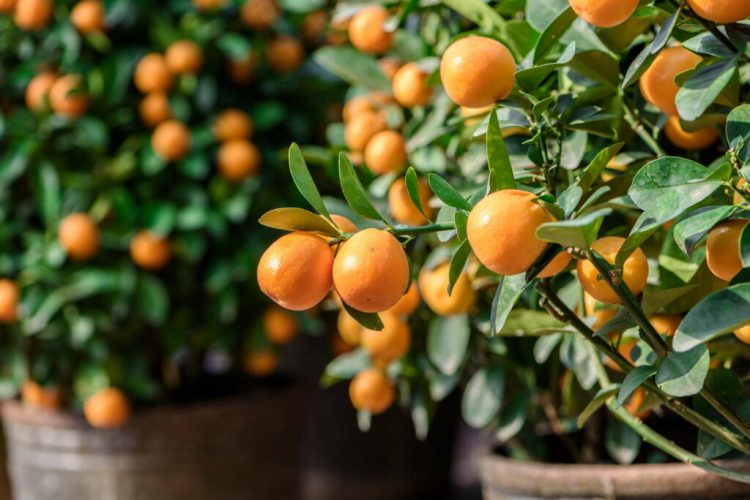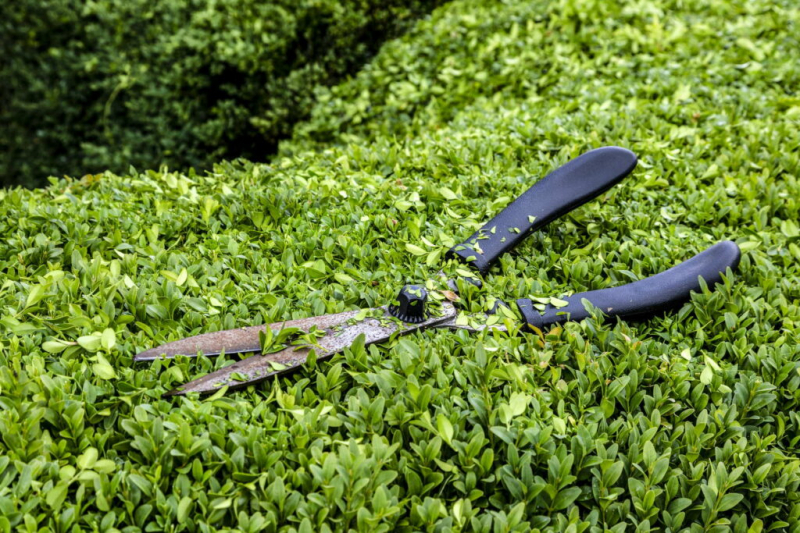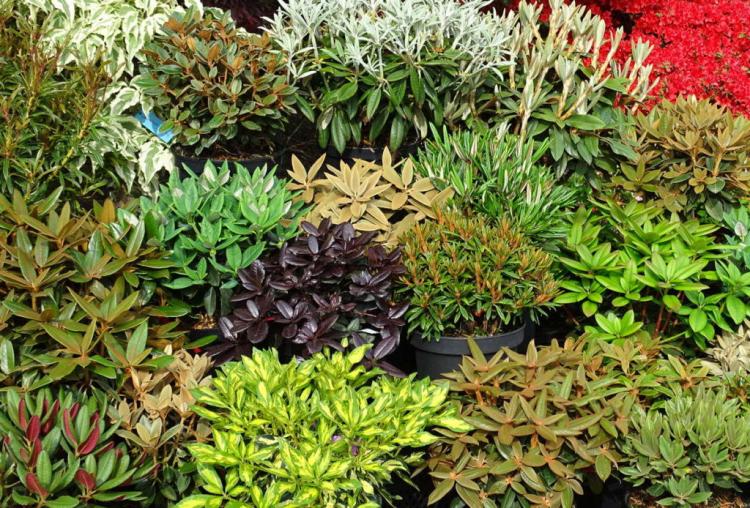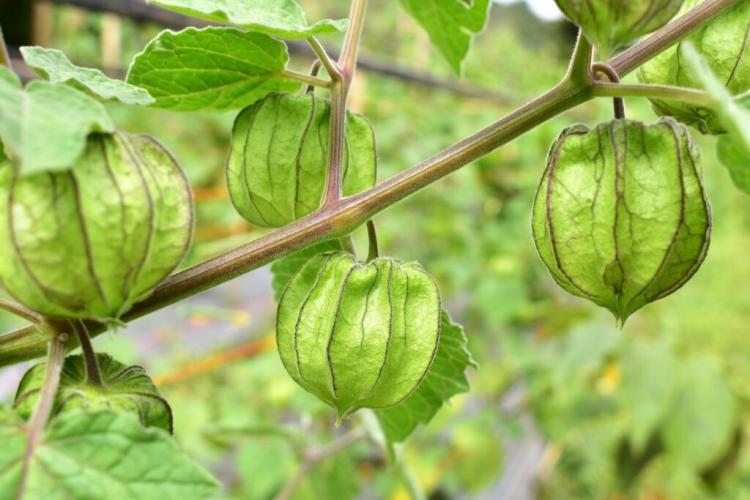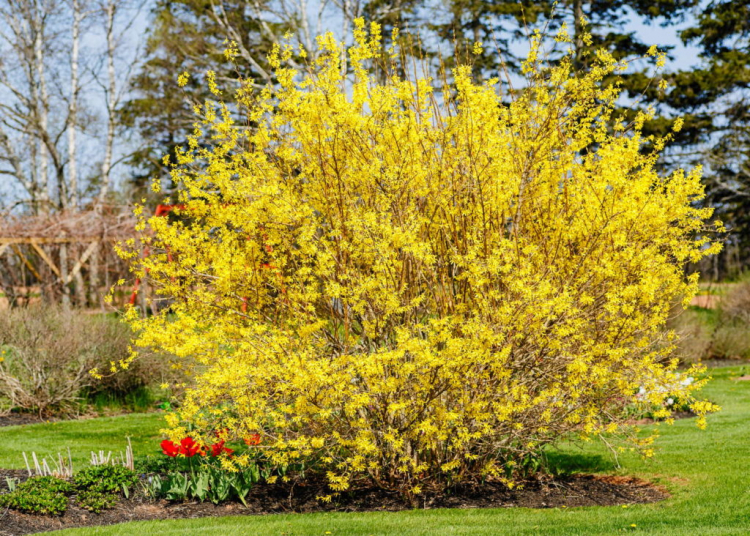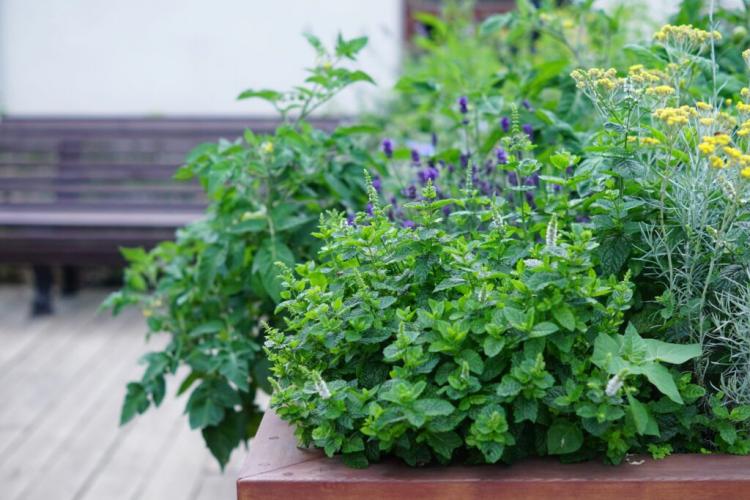Tangerine Tree: Planting And Caring For The Tangerine
Mandarins are one of our most popular citrus fruits. Here you will find out what to consider when planting and caring for the mandarin tree and how to harvest the fruit correctly. At Christmas time, when it smells of cinnamon and cloves, the mandarine ( Citrus reticulata ) should definitely not be missing in the house. But even in summer, it spreads a Mediterranean flair on the terrace and balcony. And imagine what it feels like to be given the first of your own tangerines from your own tangerine tree for Christmas. It doesn’t have to be a pipe dream, because the exotic fruits thrive even here with good care.
Mandarin tree: origin and characteristics
Table of Contents
The mandarin is a popular representative of the citrus family ( citrus ). For thousands of years and over hundreds of generations, the fruit has been consumed by people with devotion. And the enthusiasm never ends. Every year at Christmas, the shops overflow with juicy mandarins. The plant originally comes from areas in southwest China or northeast India, from where it spread all over the world. It did not finally reach Europe until 1805, where it enjoyed immediate popularity. Today the fruit is grown all over the tropics and subtropics.
Mandarin and Clementine: What’s the Difference?
There’s a mess under the citrus trees: everyone is somehow related to everyone else. Mandarins are one of the oldest citrus plants. Clementines look very similar to mandarins, but they are a cross between mandarins and bitter oranges. They are popular mainly because they produce fewer seeds than the mandarins and are therefore more pleasant to eat.
The color of the tangerine
Interestingly, mandarins in the tropics are usually not beautifully orange at all, but rather look unripe green-yellowish. But they are still juicy and wonderfully aromatic. So what is the difference between the bright orange fruits from the supermarket? Ripening mandarins are intensely green. Only when they are ripe do they slowly turn orange.
The reason for this is not the maturity as such, but the cold. With the approaching winter and the cold temperatures, the chlorophyll, which turns the fruit green, is broken down and the orange-colored carotenoids are virtually unmasked. In the tropics, on the other hand, the fruits also ripen, but due to the lack of cold, they remain greenish. The tropical mandarins that you can buy in the store have therefore been treated with cold or ethylene, which have the same effect.

Tangerine tree varieties
Mandarins are one of the oldest citrus fruits and have been cultivated in China for thousands of years. So it’s no wonder that this species has a few varieties. No one can say exactly from which wild form mandarins once emerged.
- ‘Tardivo di Ciaculli’: The name of the variety means nothing more than “the late one from Cianciulli”. According to its name, it is harvested quite late. The harvest of the sweet fruits is only due after the winter rest in March or April.
- ‘Avana’: It tolerates brief frosts down to -7 ° C and bears very tasty fruit. This tangerine variety is ripe much earlier. The fruits ripen between November and January.
Mandarins belong to the huge species complex of citrus plants. It feels like everyone is related to everyone here and so there are countless crossings between the species. Real mandarins only belong to the species Citrus reticulata, but crosses with other citrus species are also often viewed as mandarins:
- Clementine ( Citrus Clementina ): The clementine is a cross between the mandarin and bitter orange ( Citrus x Aurantium ). Their advantage is that they are quite robust and less sensitive to cold than the mandarin.
- Calamondin ( Citrus madurensis ): The calamondin is a cross between mandarin and kumquat ( Fortunella ). Their fruits are not sweet, but they can be made into jam or used for seasoning. The major advantage of this plant is that it can be overwintered warm. The right choice for all those who cannot offer a bright and cool place for the winter.
Buying a mandarin tree: what you should pay attention to
When buying a mandarin tree, you should first make sure that you can provide suitable winter quarters for the tree. Nothing is more annoying than buying an expensive tangerine tree that will die in winter due to improper care.
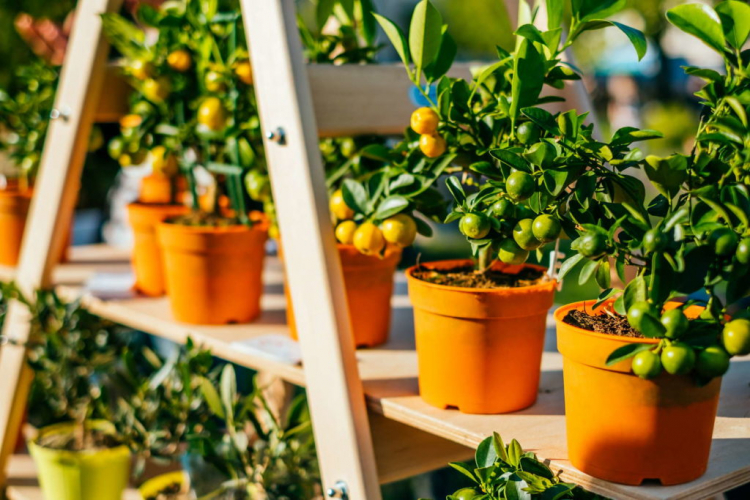
If you want to enjoy your tree for a long time, you should look for a reputable nursery or a trustworthy dealer. The probability of good quality is significantly higher here than in the garden center or hardware store. In addition, you usually have a larger selection and get much better information about your plant.
It is also important that you inspect the plant carefully, for example for scale insects ( Coccoidea ) and spider mites ( Tetranychidae ), so that you do not buy the pests with you. In general, the tree should of course be healthy and strong.
Plant tangerine tree
The mandarin tree arouses a longing for the warm summers of southern Europe. But it can also bring a touch of it to your home if you decide to give a tree a new home. You should plant tangerine trees immediately after the end of hibernation. Every two to three years around April it is time to change pots.
The mandarin tree feels most comfortable outdoors in summer. He needs a lot of suns but does not like to be mercilessly exposed to it at noon. An airy location without drafts is perfect for the Mediterranean plant. Unfortunately, you cannot plant the mandarin tree out, because it would not survive the winter. He prefers to spend it in suitable winter quarters.
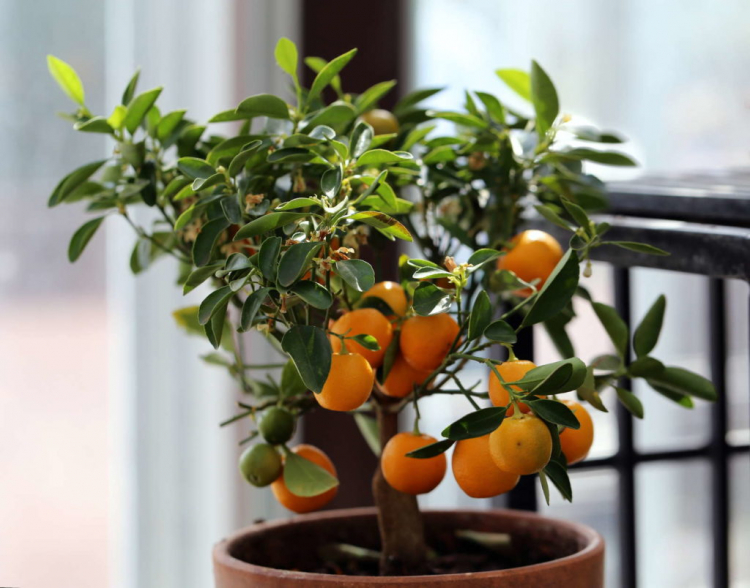
The pretty little tree needs a water-permeable substrate without too many nutrients. Mix garden soil, sand, and gravel, or crushed stone to form a uniform plant substrate. If that is too time-consuming for you, you can also use citrus earth directly. Fill some of the substrates into a sufficiently large pot with a drainage hole.
You might so like: The 10 Best Evergreen Plants (Overview)
You can now place the root ball of your tree on the ground and fill it all around with the substrate mixture. You can also add a little compost or horse manure directly to the soil for fertilization. If you use pre-fertilized soil, additional fertilization is not necessary. Finally, all you have to do is press the soil lightly and water the mandarin tree.
Maintain tangerine tree
The Mediterranean-looking tree is used to warm climates. But with the right care and our tips on wintering, tangerine trees can thrive here too.
Water the mandarin tree
As far as watering is concerned, the warmth-loving plant is quite tricky. It must not be too moist, otherwise, there is a risk of root rot. But the plant doesn’t feel too dry either. So check regularly whether watering is necessary. You should definitely avoid waterlogging. Also, make sure that excess water does not stay in the coaster for more than an hour.
Tap water can be used for watering unless you live in an area with very hard water. A little lime in the water does not harm the tangerine tree, but can even help to meet the very high calcium requirements of your tangerine tree.
Pruning the mandarin tree
Early in the year, between the end of February and mid-March, the time has come to cut back. In principle, this is not necessary, but it serves to maintain the shape and to contain the height of growth. Be careful when doing this, because mandarins are sensitive to excessive pruning.

First, remove dead branches from the plant to get an overview. Inward-facing shoots should also be trimmed so that there is an outward-facing eye at the end of each pruned branch. So the tree can sprout again at this point. This also applies to shortened shoots. You must always keep an eye on the goal when pruning: a beautiful spherical shape.
Fertilize the mandarin tree
Tangerine trees only grow in pots with us. To bear numerous fruits, they also need sufficient nutrients. You can add some coffee grounds as fertilizer about once or twice a year. Manure or compost can also be mixed in abundantly every few years when repotting. However, both are less suitable for regular fertilization, as the nutrients only get into the soil slowly. Mineral fertilizers are available to the plant much faster. This organic liquid fertilizer contains valuable microorganisms that stimulate root growth and thus promote healthy plant growth.
Hibernate mandarin tree
While the mandarin tree can stand outside in summer, the most critical time of the year is winter. Wintering in warm apartment damage the tree, which is why good winter quarters are essential. A suitable winter quarter would be, for example, a winter garden or a greenhouse. The temperatures there should be between 5 ° C and 12 ° C. Brightness is also crucial because the plant needs at least six hours of light to get through the winter well.
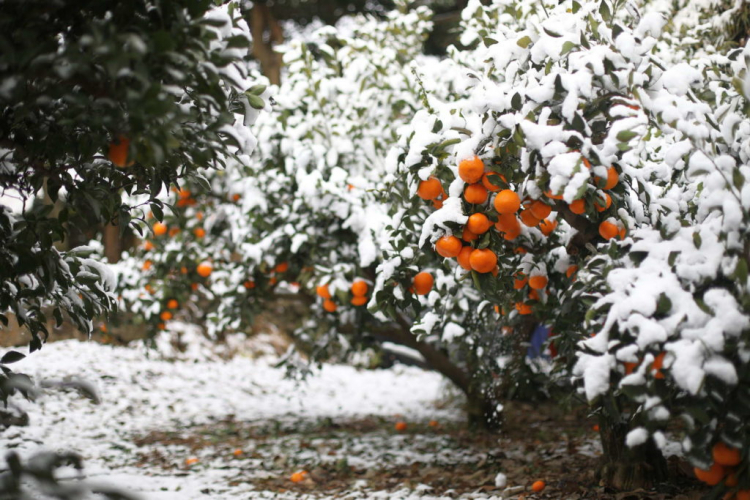
In its winter quarters, however, the plant should stay as short as possible. At best, it is enough to put them in at the beginning of November and bring them outside again in April. Beware of frost, however, and, if necessary, put it inside again for a particularly cold night.
You might so like: Fertilize Lemon Tree: How And With Which To Fertilize Properly?
During the time in the winter quarters, the plant hardly needs any care. Only in spring, when she has moved outside from her winter quarters, does she become a little needier. You should therefore hardly or not at all water the tree in winter quarters. Usually, the residual moisture in the root ball is more than sufficient. In the case of leaf fall, in addition to combating the causes, you should also reduce watering, as the plant can then hardly any more water evaporate through its leaves.
Propagate mandarin tree
Mandarins can be easily propagated using cuttings. To do this, cut off a shoot about 15 centimeters long. The best time for this is in the spring after budding when the plant is in full sap. Now remove some of the leaves and stick the cutting in a prepared mixture of garden soil and sand. The cutting will now take root in a sunny place over the summer. You can achieve the correct humidity by putting a plastic bag on top.
Another possibility is the propagation via seeds. You can easily get these from purchased fruits. Rinse the seeds briefly and place them in prepared potting soil with few nutrients. Now cover the seeds with a thin layer of soil and place the container with the valuable goods in a warm place. If you make sure that the soil stays nice and moist, the first seedlings will see the light of day after four to six weeks. With this type of reproduction, however, the tree only bears fruit after a few years, if at all, because it could also be sterile.
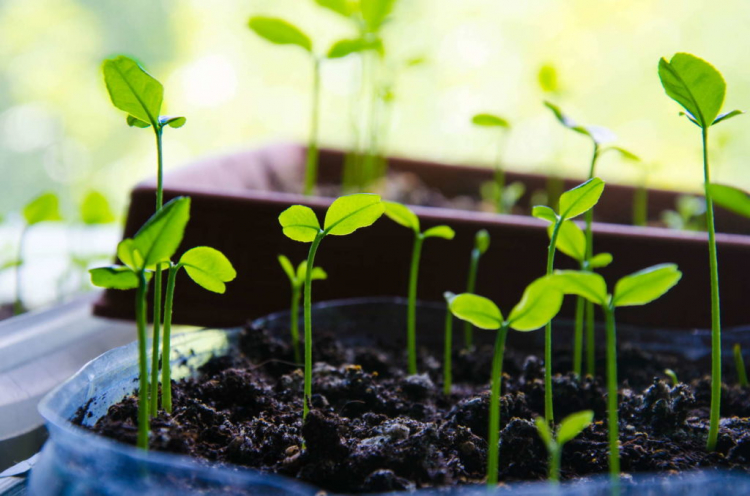
Mandarin tree: harvest and storage of the fruits
You can finally harvest your mandarins in late autumn or even in winter.
You can see the right harvest time for this at the following points:
- The fruit no longer grows
- The mandarins are starting to change color
- The fruit is no longer very hard but gives way easily
You don’t have to harvest all the fruits at the same time, you can live straight from the tree to your mouth for a while. It is only as winter progresses that most of the varieties slowly threaten to become overripe. Take a pair of scissors to hand for harvesting, so you can easily cut the fruit from the tree.
Mandarins are not climacteric, so once separated from the plant, they no longer ripen. So only fully ripe fruits should be harvested, as the taste is otherwise sour and bitter. After harvesting, you should clean the fruits thoroughly to remove any fungal spores or the like. If you then store mandarins in a cool and air-permeable place, the fruits can stay fresh for several weeks. Make sure that the mandarins are not too close together and that they cause pressure points on each other – this encourages the formation of mold.
Mandarin: Ingredients, Calories, and Vitamins

Mandarins, like all citrus fruits, are rich in vitamin C. Fortunately, European mandarins are harvested in autumn and winter, precisely at the time when there are particularly many pathogens around. Mandarins can help because vitamin C strengthens the immune system. Mandarins also contain vitamin E and plenty of calcium, which is important for cell growth. However, you won’t get many calories with aromatic fruits. So you can enjoy your mandarins with a clear conscience.
